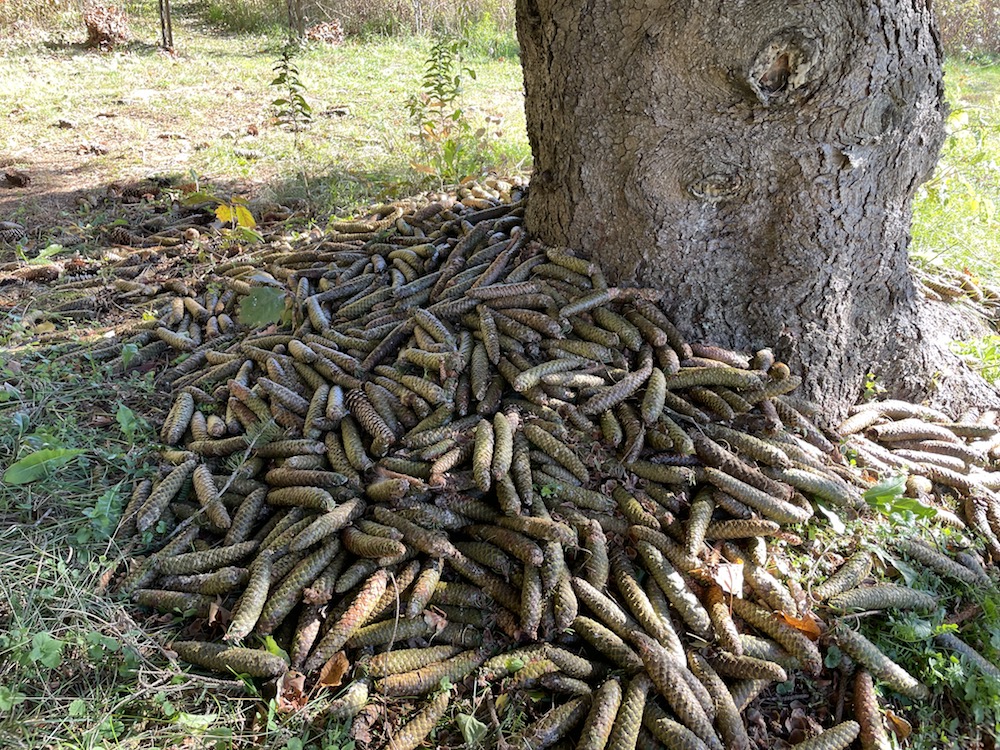By now the coziness of thick slippers, warm blankets, and hot cocoa has worn thin. Winter hangs on, but don’t despair. It may be winter outside, but it can be spring inside thanks to force blooming.
By now the coziness of thick slippers, warm blankets, and hot cocoa has worn thin. Winter hangs on, and all I can do is daydream about short sleeves and spring flowers.
Don’t despair. It may be winter outside, but it can be spring inside thanks to “force blooming,” a way to get your outdoor shrubs and trees to flower indoors.
How does it work? It’s easy. Like a greenhouse extending the growing season for vegetables, you can cut late winter stems and bring them indoors where it’s warm to get a jumpstart on spring blossoms. Cut a live stem that’s 2 or more feet long and covered with fat flower buds. Bring the stem indoors, place it in a jar with a little water, and POOF! You should see flowers blooming in just over a week.

You can get fresh blooms in winter by cutting a few stems with flower buds and putting them in a jar with a little water, as shown here with forsythia. Photo credit: Joanne/Flickr
Forsythia, pussy willow, and lilac are the easiest plants to force bloom. These shrubs have lots of stems, so you won’t notice a few missing stalks.

This gardener force bloomed forsythia (the yellow flowers) in February even in chilly Minnesota. Photo credit: kkmarais/Flickr
You can force bloom stems from your crabapple, cherry, and peach trees too, but you’ll want to be a bit more careful about how you cut the stems. Consider blending force blooming with fruit tree pruning, which can also be done in late winter. Check out this short video on how to prune your fruit trees, then bring a few of your trimmings indoors for an early burst of spring (and sanity!) to help hold you over until the real deal.





